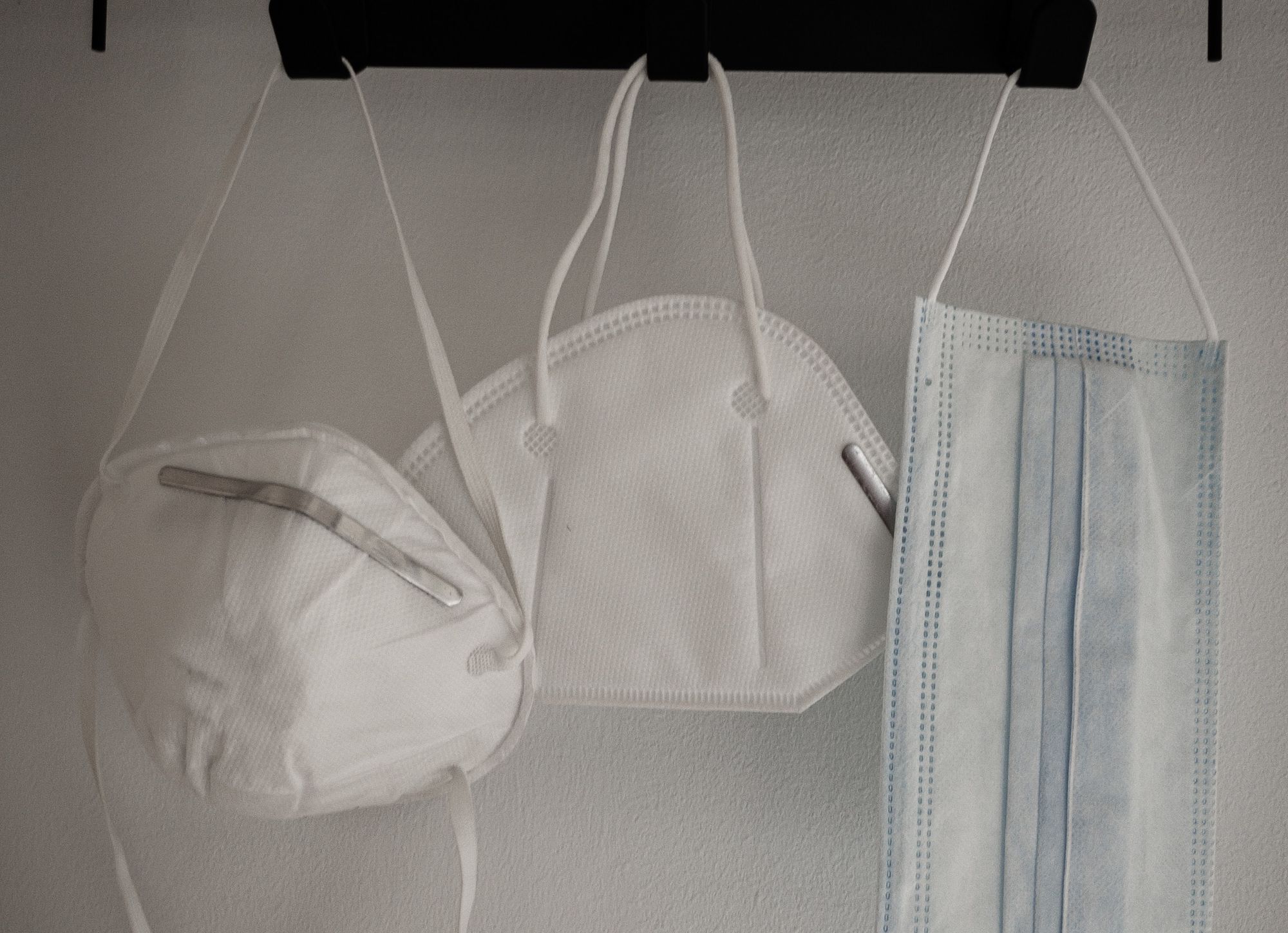Solution or hazard? What to know about biogas plants proposed for southern Delaware
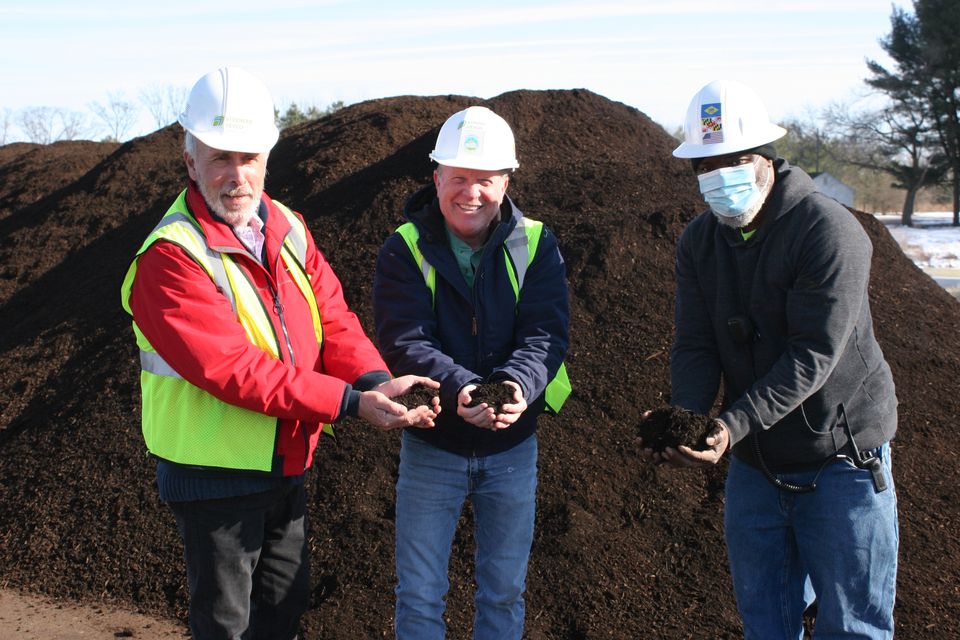
What’s all the fuss about biogas?
Two companies want to build facilities that would harvest natural gas from chicken waste in southern Delaware. CleanBay Renewables aims to build a plant south of Georgetown, and Bioengergy Devco proposes a similar site south of Seaford.
Some opponents have been vocal. It can make your head spin listening to the different sides – are they a great environmentally friendly solution to chicken waste? Are they risky, polluting industries that simply talk a good environmental game?
In part one of this series, we looked at some of the reasons people support or oppose the plants. Now, we’ll look a little closer at how the plants would work.
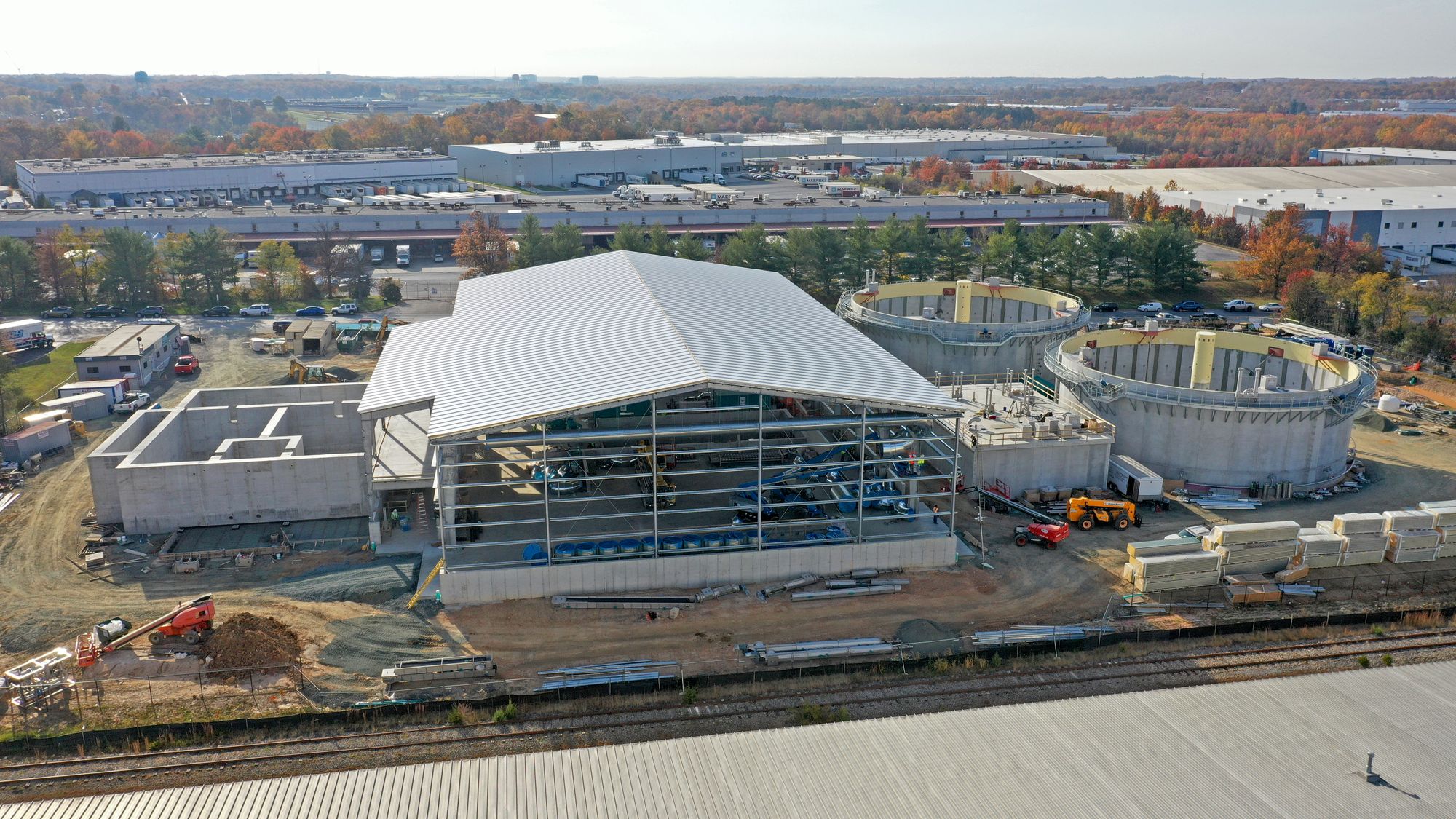
What is biogas?
CleanBay Renewables aims to harvest methane from chicken litter, which is the manure and sawdust mix from the floors of chicken houses. Bioenergy Devco’s idea is to use a different kind of litter, a liquified slurry from rendering plants made up of feathers, beaks, entrails and so on. They’d both do it via anaerobic digestion. It’s a complicated and technical process, but the very basic gist is that tiny organisms break down the waste and produce methane. To these companies, that natural gas byproduct is actually the main product.
What’s left, called digestate, can be turned into fertilizer and compost products.
Is biogas clean energy?
This is a complicated question and depends what you’re comparing it to. A better term might be cleaner energy. Methane, no matter where it comes from, is a carbon based fuel and emits the greenhouse gas carbon dioxide when it’s burned.
The idea that biogas is better for the environment is based on the idea of recycling and avoiding fossil-derived natural gas. Stephanie Lansing, a University of Maryland professor who studies bioenergy and renewable products, said anaerobic digesters have a circular economy, reusing nutrients from farming and putting them back into making food, while at the same time producing methane that did not come from fossil fuels. Farmers also do not have to use synthetic fertilizers, which are created using fossil fuels.
Just how much greenhouse gas these digesters save depends on what you compare them with, said Nathan Pelletier, who researches sustainability at the University of British Columbia-Okanagan and led a team that reviewed studies of anaerobic digesters.
“It really depends on whether or not you use the methane as a source of thermal energy, or you use it to produce the electricity,” Pelletier said. “... Here in Canada, for example, in a province like British Columbia, using renewable gas to produce electricity, you wouldn’t really get a net benefit because we already have a very green electricity grid.” But the next province over, Alberta, relies mostly on fossil fuels for electricity, which means renewable gas would save quite a bit of greenhouse gas, he said. In some cases, the savings can be significant.
Biogas facilities like those proposed for Delaware have been shown to reduce greenhouse gas overall, said Chris Bason, executive director of the Delaware Center for the Inland Bays.
“That’s super important for the world … and for our area, because the climate crisis is only accelerating,” he said.
Tyler Lobdell, an attorney for Food and Water Watch, doesn’t see digesters as a good waste management tool but as gas producers. When bioenergy plants make their pitch, Lobdell said, “they’re presented as a panacea. And anaerobic digesters kind of do one thing. They create a certain temperature without oxygen to generate gases.”
“People typically view anaerobic digesters as a way to reduce environmental impacts, rather than as a source of environmental impacts,” Pelletier said. “In fact, I’m hard pressed to identify literature that I’ve come across criticizing digesters for being impactful (in a negative way).
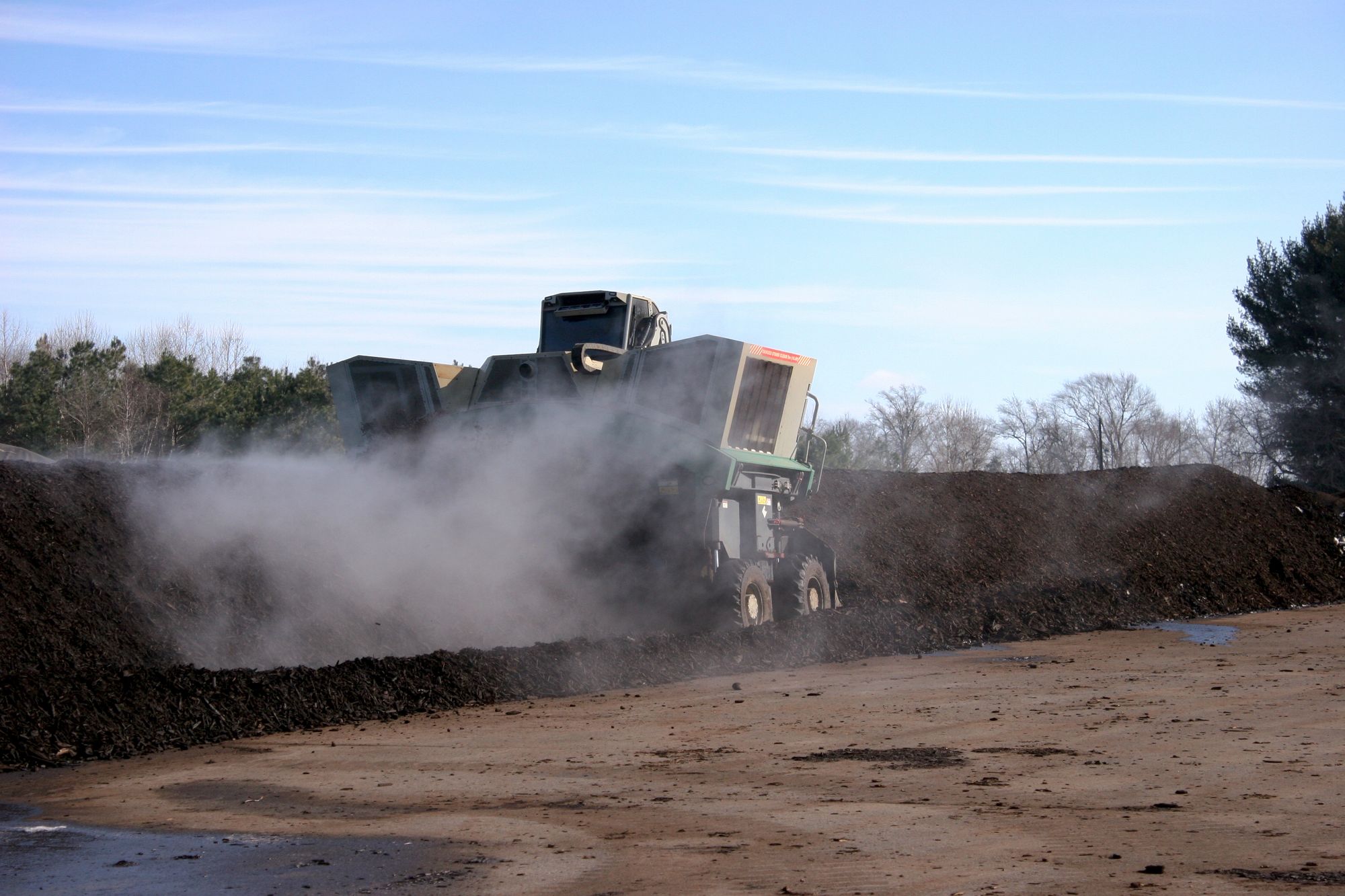
What about the leftovers?
Lobdell argued that the digestate, the leftovers used for fertilizer, have all the same pollutant potential, if not more, as the original waste.
“After this waste is processed through these plants, it still has to go somewhere,” said Greg Layton, Delaware representative for Food and Water Watch. “So they’re going to probably sell it as fertilizer and spread it on fields, most likely local fields. And it will ultimately end up in the water system.”
It’s true that the process does not get rid of nitrogen and phosphorus, and in fact those are what make it marketable as a fertilizer. These nutrients can seep into waterways and damage their health, as well as end up in groundwater that people drink. Too much of that contamination can cause serious health issues for people, too.
However, Lansing noted that the digestion process strips out nitrates, which are compounds that easily leach into the water, and puts the nutrients in a form that may be less likely to leach than commercial fertilizer.
Compared to manure, “I can’t see why there would be greater runoff risks with digestate than applying the manure directly,” Pelletier said.
Representatives of the companies say their processes also clean out disease-causing microorganisms. CleanBay Renewables founder Thomas Spangler said their digestate is turned into granules that are pathogen and heavy metal free, and they have focused a lot of time on engineering it so it has a controlled release of nutrients and is less prone to runoff than manure or synthetic fertilizer.
It’s a fallacy to think the nutrients won’t end up in the environment if biowaste companies don’t use them, said Judith Stribling, a member of the environmental group Friends of the Nanticoke River and a former biology professor at Salisbury University.
"That CO2 is going to get to the atmosphere one way or another,” she said, since otherwise it will go on the land as waste, where it will decompose into greenhouse gases.
“It is not like mining coal or pulling petroleum out of the ground where it would never be oxidized to CO2 (if it hadn’t been mined),” she said.
Bason said waste that ends up in landfills can also emit methane.
The Center for the Inland Bays supports the plans for both the Georgetown and Seaford sites.
The peer reviewed scientific literature for these kinds of facilities show a net positive benefit for water quality, Bason said.
The fertilizer product that results will have a market off Delmarva, he said, which matters because the poultry industry imports a lot of nutrients. “We’re bringing in a lot more nutrients than are coming out. And that’s the problem.”
Companies shipping the product off the Shore will help, he said.
Bioenergy Devco isn’t sure yet exactly how much product will go where, but Peter Ettinger, chief strategy officer for the company, said they feel pretty comfortable estimating 60-70 percent of the fertilizer will go off the peninsula. Spangler said CleanBay Renewables will be able to sell much of its fertilizer product locally.
“We’ll provide as much as the local market is capable of absorbing,” he said.
Bason highlighted water issues on Delmarva, but presented biogas facilities as a way to address that.
“We’ve got some real serious, long term, persistent water quality problems,” he said, and nutrient loads seem to actually be increasing. “We’ve been working on this problem for decades, and we have had little success in dealing with nutrient loads coming off the land.” But, he said, “These facilities can be part of the solution to that problem.”
With a number of people pointing to the poultry industry as a source of water woes, James Fisher, spokesman for the Delmarva Chicken Association, highlighted to industry success over the past few decades in reducing nutrient pollution.
“To the extent there have been watershed-wide achievements in pollution reduction, they have come from wastewater plants and agriculture, while developed areas have actually increased their nutrient pollution,” he said in an email.
Some estimates do show that, although the data may be more murky than previously thought.
The Chesapeake Bay Foundation lists agricultural runoff as the source of about 40 percent of the nitrogen pollution and 50 percent of the phosphorus going into the Chesapeake. About a third comes from air pollution like vehicle exhaust and industry like power plants, it estimates.
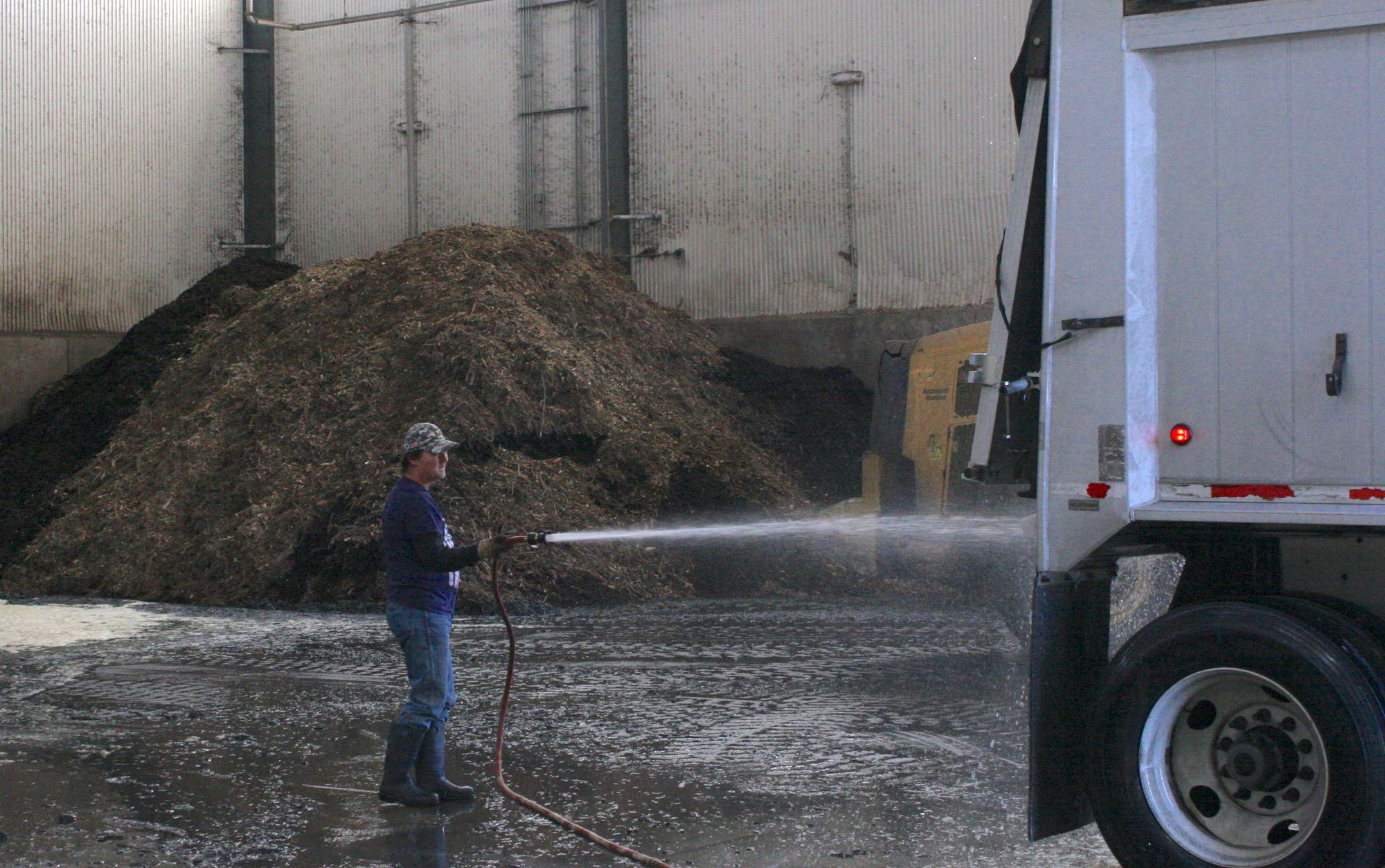
Do the biogas plants themselves pollute?
Some of the criticism of biogas plants has focused on the risk to air quality in local neighborhoods.
Layton said ammonia and other air pollutants would be released that can cause health issues, and Food and Water Watch has highlighted methane leakage as a concern. If methane, a powerful greenhouse gas, leaks it means there’s less environmental benefit.
“Generally, it’s going to be in the economic interest of the owner of the digester to minimize any kind of methane losses, because, of course, that’s the economic product,” Pelletier said. He clarified there’s a possibility for leaks depending on factors like the age of any particular facility and how well it’s maintained.
There is, of course, accidental leakage and loss regardless of intentions, and Food and Water Watch has cited statistics of around 4 percent to almost 15 percent methane loss in European operations. However, that was from a small study of 23 plants in Norway (Europe has more than 10,000 biogas sites) which also noted that “methane losses from the larger biogas plants were generally lower.”
Food and Water Watch also cites a review it says found “the leakage from ‘renewable’ methane production is actually similar to that of fossil fuel gas production.” However, that review later cautions against drawing any strong conclusions from the analysis, based on a lack of good data, and says that using livestock manure for biogas can result in “very large greenhouse gas savings.” The review didn’t tout biogas as a miracle solution, but said it could be a modest way to help address climate change.
Spangler said there is always a tiny “methane slip,” which he put at less than 1 percent.
Lansing, who spent a sabbatical working in Europe learning about their digesters, said a lot of the studies of “fugitive” methane in Europe, which is the methane that escapes to the air, are of German based digesters, which often use corn silage rather than manure. The leftovers used as fertilizer from those operations will emit a little more methane than other kinds of digestate, but not a lot more, and far less than raw manure, she said.
Manure put on fields, Lansing said, will produce way more methane than digestate, which has already produced its methane in the digester. Field applied digestate is not a significant source of methane, she said.
There might be a little bit of leakage at a plant, she said, for example if a generator isn’t working and a flare comes on to burn off methane. The same thing happens when people light a gas stove in their homes, she said. (Except at plants, of course, it’s on a larger scale).
As far as the risk to nearby residents from ammonia in the air, we’ll step back and take a look at the source of the ammonia, chickens and their manure and byproducts. Fisher, the DCA spokesman, referred to air monitoring by the Maryland Department of the Environment in areas with high poultry density and urban areas. Both had similar average ammonia levels. At peak output, the area around the farms had significantly higher ammonia level than other areas, but it was still below where MDE would consider it a health concern.
“I think anybody in our community, the DCA included, is attentive to that concern,” Fisher said. “I mean, we don’t want to be in the dark if ammonia is being a problem on Delmarva … in almost every case, the chicken grower is living right on or next door to the property where the chicken houses are. If there’s some kind of health concern for ammonia, growers want to know.”
Concerns about emissions, Stribling said, are not a reason to shut down biogas plants, but do mean they need to be regulated to make sure methane leakage isn’t an issue.
Bason, for his part, said he doesn’t subscribe to the idea that there would be serious pollution. But, he said, “These facilities need to be very well regulated,” since there is a concentration of organic material near sensitive water resources.
“There’s a real onus here on the Department of Natural Resources … to ensure that the facility is very well inspected, and is taking all precautions and pains to make sure that there is no runoff,” Bason said. He said, “there should be no excuses when a 10-inch rain event happens.”
Layton, the Food and Water Watch representative, was not impressed by DNREC’s track record of dealing with violators in the past, and said he’d still have concerns.
“It’s not the most strenuous regulatory agency in the world,” he said.
Nikki Lavoie, a spokeswoman for DNREC, said in a statement that the agency continues to evaluate new technologies to reduce emissions, but they assess each proposed project based on state law.
She said their process gives ample opportunity for public input and comment, but in the case of Bioenergy Devco, before they can start the regulatory process, “the company must submit a number of permit applications, all of which must be deemed complete by DNREC, before the Department can begin a technical review of the project. That has yet to happen.”
What about potential explosions or accidents?
Lansing said biogas is no more risky than other natural gas, whether that’s in people’s homes or at electric plants where gas is used as fuel.
There have been no explosions in the history of their company, Ettinger said. Bioenergy Devco owns an Italian company that has operated plants like this for more than 20 years.
As far as the dangers of trucks filled with methane, Ettinger mentioned propane trucks that other companies are already operating in the area under safety regulations.
Spangler said CleanBay Renewables is working with contractors with a lot of experience in biogas production. He also noted that while CleanBay Renewables produces the methane, they then hand it off to the “experts in the field,” which in this region would be Chesapeake Utilities.
“All the trucks are theirs,” he said.
Spangler said they obviously train for potential emergencies, but their facilities are designed with safety in mind and constantly monitored.
“Anaerobic digestion is extremely safe when done properly. Unfortunately, there have been on-farm incidents” involving nonprofessionals, but at CleanBay’s commercial scale it’s different, he said.
The Environmental Protection Agency’s website says “A properly designed and operated system is very safe. … However, they do produce methane and hydrogen sulfide. These gases both burn easily and are harmful to inhale, so it is essential to use proper gas-handling precautions. It is also important for plant operators to be well trained and follow established operational procedures.”
There have been accidents involving digesters, including explosions, and Food and Water Watch cited some of these in its arguments against biogas. One 2015 study of accidents in Europe found that over 10 years, there had been 800 accidents at 13,171 biogas sites, “but most of them were accidents without any serious consequences; only three of them were serious with consequences for human lives.”
So now what?
As noted in the previous article, a big part of the dispute over these proposals is whether these biogas plants offer a worthwhile environmental tradeoff, whether they benefit the poultry industry, and whether the poultry industry is good for the area.
Those are big questions, and they’re value judgments local and state leaders, and the residents they answer to, will have to make as these plants move forward.
More stories:
